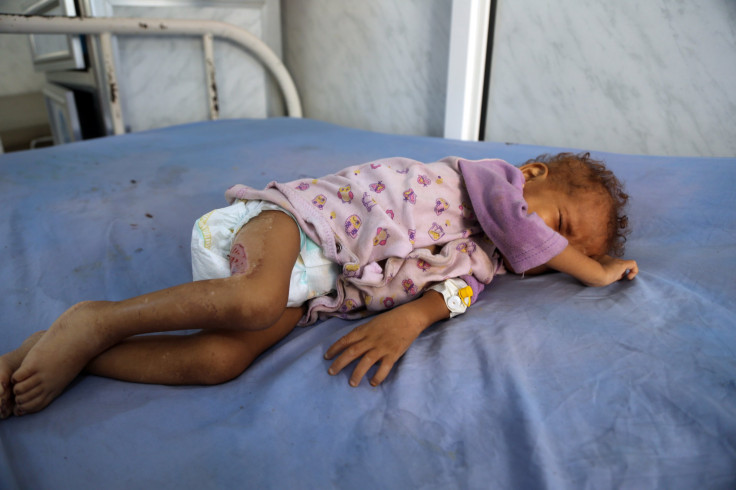Cholera Symptoms: Common Bacterial Disease Kills Within Hours

Cholera is easy to prevent and treat but it remains a deadly bacterial disease in many parts of the world, including in Yemen, where officials are reporting that the number of cases has reached a devastating milestone.
The International Committee of the Red Cross reported Thursday that the war-torn country has seen one million cases of cholera since the outbreak began about eight months ago. More than 2,000 of those people have died of the illness, according to World Health Organization estimates.
Cases in the Yemen cholera outbreak reaching one million may seem especially severe because some groups put the typical number of outbreaks around the world at between three million and five million — meaning Yemen is taking a large share of that total.
The nation on the Arabian Peninsula has a population of about 28 million.
Most cases of cholera can be linked to contaminated water, and the disease spreads particularly in crowded places that are experiencing extreme poverty, war or other conflicts and natural disasters. According to the Mayo Clinic, it can kill someone within hours.
Contaminated food could also present a risk, as could poor sanitation and hygiene practices that are common in unstable areas along with limited access to clean water.
Shocking: 1 million suspected #cholera cases in #Yemen pic.twitter.com/0lCMRsxps1
Cholera causes diarrhea “that's often hard to distinguish from diarrhea caused by other problems,” the Mayo Clinic said. People with this mild diarrhea may not even know they are sick. Roughly one in 10 patients, however, develop much more severe diarrhea and they may become nauseous, vomit “for hours at a time” and experience serious dehydration.
“Dehydration can develop within hours after the onset of cholera symptoms,” according to the Mayo Clinic. “Depending on how many body fluids have been lost, dehydration can range from mild to severe. A loss of 10 percent or more of total body weight indicates severe dehydration.”
Other signs of the bacterial disease include sunken eyes, low blood pressure, an abnormal heartbeat and lethargy. The dehydration may cause dry mouth, thirst, low urine production, dry skin, muscle cramps and shock.
To treat cholera, according to the U.S. Centers for Disease Control and Prevention, doctors pump patients full of fluid and salt. There is a standard “oral rehydration solution” that consists of water, sugar and salt that can be taken by the mouth, but more serious cases might call for intravenous treatment or even antibiotics.
The CDC says that fewer than one percent of people with cholera die when given fluids quickly.
© Copyright IBTimes 2025. All rights reserved.





















